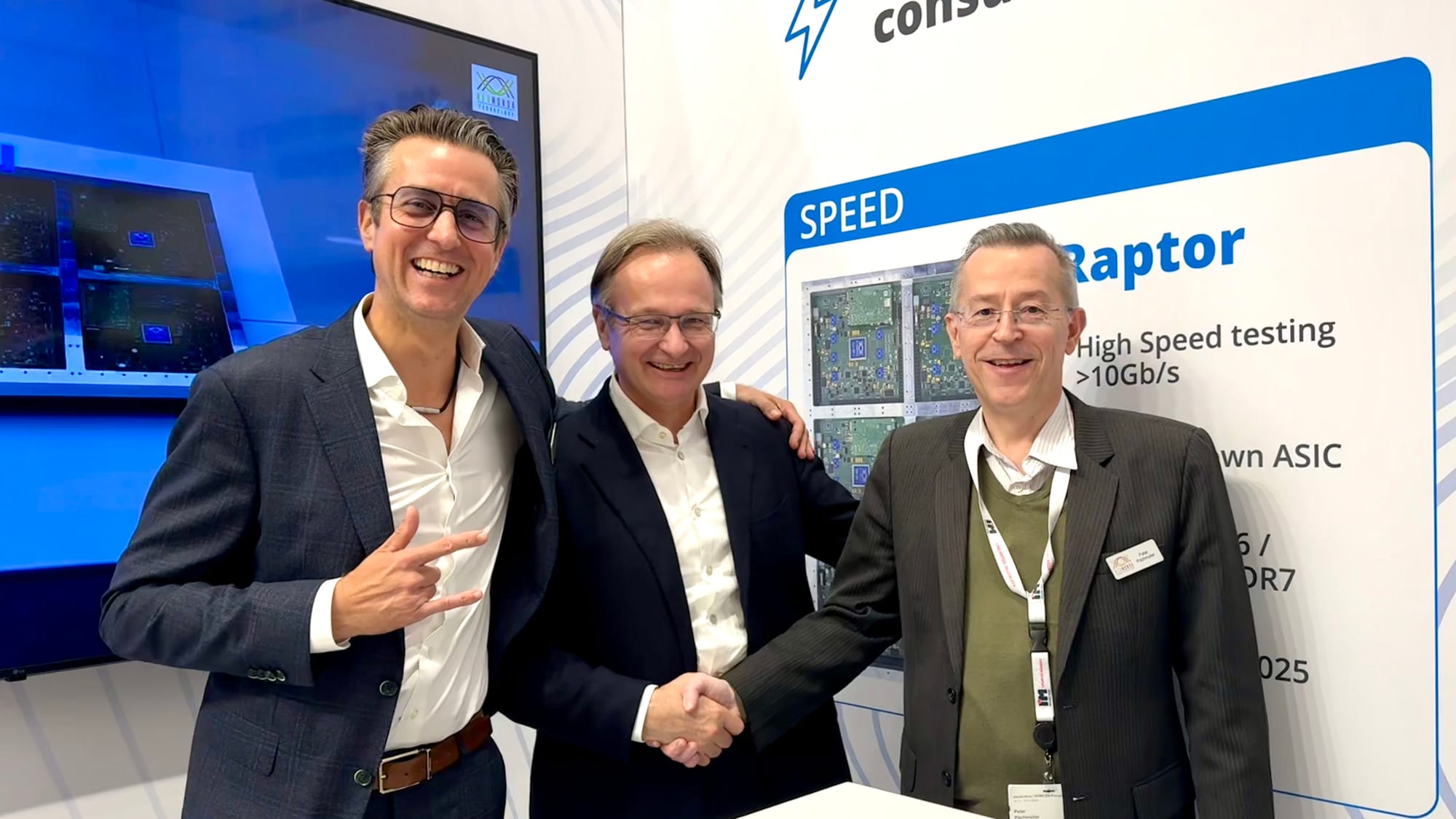As of April 6, 2025, semiconductor equipment is not explicitly included in the list of exempted products under the U.S. tariffs detailed in Annex II of President Donald Trump’s executive order. While semiconductors and electronic components such as integrated circuits and diodes are covered, the exemption does not extend to manufacturing equipment.
Since the April 2, 2025 tariff announcement, ASML’s stock fell about 9.5%, showing more resilience than the Philadelphia Semiconductor Index (SOX), which dropped approximately 16.7% (deepest point).
Semiconductor equipment not listed in tariff exemptions, but EU and Japanese suppliers show market resilience
Despite this, European and Japanese semiconductor equipment companies have shown relative resilience in the wake of the April 2 tariff announcement. ASML, the Netherlands-based manufacturer of advanced lithography tools, saw its stock fall by about 9.5 percent, compared to a sharper 16.7 percent drop at the lowest point for the Philadelphia Semiconductor Index (SOX). This suggests continued investor confidence in ASML’s position and the essential nature of its equipment in semiconductor manufacturing.

Other global equipment firms also experienced moderate declines. ASM International, also from the Netherlands, saw an 8.3 percent drop. Tokyo Electron, Japan’s leading chip tool supplier, declined by 8.1 percent. In contrast, US-based companies faced more significant losses: Applied Materials dropped 14.1 percent, Lam Research fell 19.9 percent, and KLA Corporation declined by 16 percent between April 2 and April 4.
The broader tariff policy applies a 10 percent baseline rate on most imports starting April 5, with higher rates—up to 50 percent—for goods from 83 countries (including EU members) beginning April 9. Annex II outlines exemptions across multiple sectors: critical minerals, pharmaceuticals, energy products, integrated circuits, and fertilizers. However, semiconductor manufacturing equipment is not among the listed exemptions, indicating it remains subject to the new tariffs unless otherwise specified in future regulatory clarifications.
Despite this, the muted market response for EU and Japanese equipment makers highlights their global significance and the likelihood that US firms will continue to source vital tools from these suppliers, tariffs notwithstanding.
Background:
Starting on April 5, a 10% baseline tariff will be applied to nearly all products from all countries, with a few notable exceptions explained later. The
executive order’s Annex I lists 57 countries (83 when accounting for all European Union member states) that will face higher tariffs of up to 50%, which go into effect on April 9. The new tariffs will stack on previous product-specific tariff rates. As a reminder, a tariff is a tax paid at the border by an importer seeking to bring products into the United States from a foreign country.
The exempted items in
Annex II include, but are not limited to: copper, pharmaceuticals, semiconductors, lumber articles, certain critical minerals, energy/energy products, and products facing section 232 tariffs from the current administration (steel, aluminum, automobiles and any future section 232 investigations). While some of these industries were exempted due to their important roles in the economy (energy and critical minerals), others were excluded as they are a target for future restrictions (copper, lumber, pharmaceuticals and semiconductors).
Annex II lists a range of products exempted from trade actions, categorized across several sectors. It includes critical minerals and ores, such as copper, cobalt, lithium, tungsten, manganese, rare-earth elements, and graphite.
It also covers a wide array of chemicals and industrial compounds, including hydrofluoric acid, titanium dioxide, aluminum oxide, and various oxides, chlorides, and sulfates.
A significant portion of the list includes energy products, such as crude oil, natural gas (liquefied and gaseous), coal, petroleum derivatives, lubricants, and electricity.
The Annex lists several electronic components, including integrated circuits (processors, memory, amplifiers, other ICs), semiconductor devices (diodes, transistors, thyristors, optical isolators), and parts for these devices.
In agriculture, exempted products include fertilizers containing potash and NPK compounds, peat, and veterinary vaccines.
The document also includes many pharmaceuticals and medical products, such as antibiotics, hormones, vitamins, vaccines, and active pharmaceutical ingredients (APIs), along with cell therapy products and clinical trial materials.
There are exemptions for polymers and plastics in primary forms, including polyethylene, polypropylene, PTFE, silicones, and epoxide resins.
Additionally, doped materials for electronics, such as silicon wafers (HTS 38180000), and pigments and colorants like titanium dioxide and copper phthalocyanine, are listed.



%20(1).png)





























